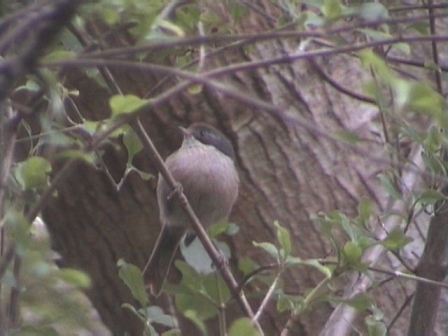
The brown creeper was discovered in 1773 by the Forsters at Dusky Sound during Cook’s second voyage. From G. Forster’s drawings Latham drew up a description of the “New Zealand Titmouse” and Gmelin adopted this for the binomial name.
The brown creeper occurs in forest and scrub from sea level to the upper alpine limit. It is found within the forest, usually high up on the trees, and also on the outskirts. In Stewart Island Guthrie-Smith observed it in March on the higher spurs of the hills and in the manuka above the bush line, while in October it was mostly found along the lower border of the forest and on the flats. It moves about in flocks which, according to Reischek, were sometimes accompanied by young saddlebacks. The saddleback has disappeared from the South Island but the brown creeper according to Mrs Moncrieff, still has it followers for she has seen silvereyes and tomtits accompanying the flocks.
The brown creeper has, of course, been considerably reduced in numbers by the disappearance of large areas of forest. Against this contraction, there has been some expansion into exotic pine forests. Like the yellowhead and whitehead, the brown creeper suffers from the attention of the long-tailed cuckoo which destroys its broods in those nests it selects.
The food of the brown creeper, as far as is known, consists entirely of insects which it searches for on the branches and trunks of trees. Andersen states that flocks feed silently then suddenly break into song. The birds act in concert, all being silent at the same time and all singing together.

Other common names: —
New Zealand titmouse, Finschia novaeseelandiae.
Description: —
Endemic bird
13 cm., 13.5 g., females 11 g., reddish brown crown, rump and tail, ash grey on the face and neck, small white stripe behind the eye, underparts light buff colour with a dark bar near the tail.
Where to find: —
In forested areas South Island mainland, Stewart and Codfish Island.
Credit for the photograph: —
Wim van der Schot
Illustration description: —
Buller, Walter Lawry, Birds of New Zealand, 1888.
Reference(s): —
Heather, B., & Robertson, H., Field Guide to the Birds of New Zealand, 2000.
Oliver, W.R.B. New Zealand Birds, 1955.
Page date & version: —
Sunday, 1 June 2014; ver2009v1

